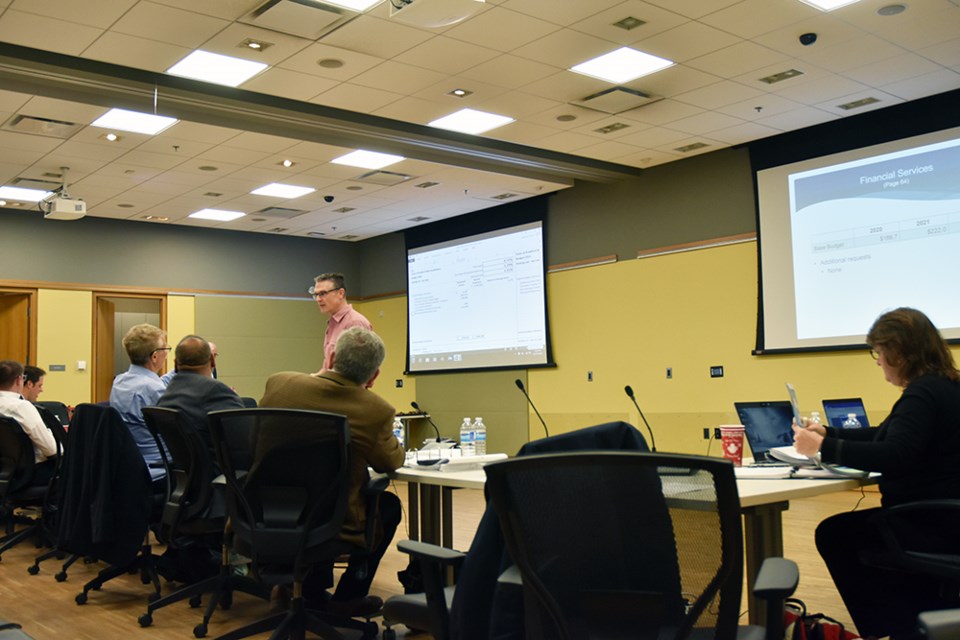Water and Waste Water costs are paid for by the “users” - those connected to the municipal services.
In 2019, those ratepayers saw a three percent increase in their water/wastewater rates.
There is slightly better news for 2020. The budget proposes only a 2.5 percent increase for residential ratepayers, despite a nearly $90,000 increase in salaries, and $1.195 million increase in contributions to reserves, for a future wastewater plant expansion.
“We’re holding as tight as we possibly can,” said Director of Community Services Terry Foran in Wednesday’s budget meeting.
The increase will add $2.67 per month to the average residential user’s water/wastewater bill in 2020. Commercial users will also see an increase, of 2.2 percent – adding an average of $20.78 per month.
Looking at a three-year budget proposal, the department is predicting a 2.2 percent increase in the residential rates in 2021, and only 1.7 percent hike in 2022, despite the need to hire new staff for the Bond Head pumping station.
“BWG does a very good job at being efficient, thanks to the staff that are able to manage our systems, and give our residents value for their dollar,” said Mayor Rob Keffer.
Bradford West Gwillimbury’s water and wastewater rates are lower than East Gwillimbury, King Township, Georgina, Newmarket or Innisfil, although slightly higher than rates in New Tecumseth, councillors were told.
The Building and Engineering budget is paid for by development chaeges and by “users,” through repayment for services and fees – “in our case, permit fees,” said Peter Loukes, Director.
The department has been hit hard by the building slowdown, and has seen a nearly two percent reduction in funding – resulting in a matching decrease in spending on salaries, benefits, contracts and supplies. A position of building inspector will be left unfilled.
“We anticipated a certain amount of work to happen in 2019 that wasn’t realized,” Loukes said.
“It’s a little bit of a two edged sword,” he added. The lower activity means lower costs, but also lower revenues; the trick is “right-sizing the amount of money that we need.”
He expressed “cautious optimism, moving into 2021-2022” that the building sector will rebound, and that industrial/commercial projects in the 400 corridor employment lands will also be going ahead.
New higher fees set to take effect in January will also provide a boost, Loukes said – and allow the department to stop drawing on reserves.
The department has relied on an average of 325 dwelling units constructed in an average year. In 2020, the number of permits issued was around 200. Loukes predicted that the number would increase “closer to the 325” in 2021, and “upwards of 400” in 2022.
And, he said, the town has “plenty of supply” when it comes to land designated for residential development. “Where we’re lagging is on the intensification part”: the high-rises, multiple family units and affordable housing.



